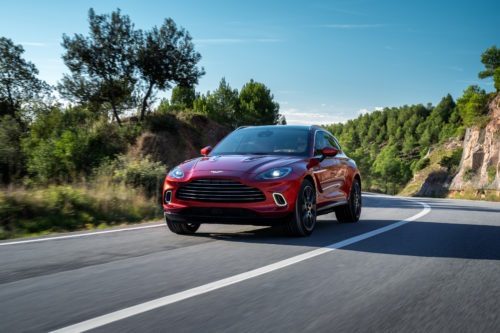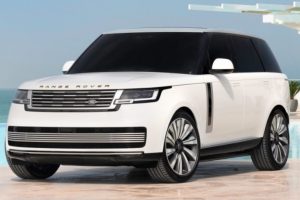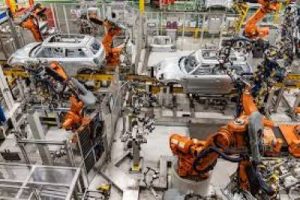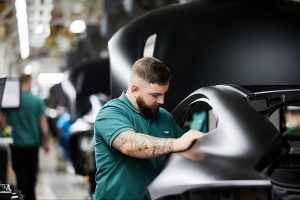Aston Martin reveals electric dreams as losses are slashed

Aston Martin Lagonda cut losses by 75% last year on the back of a boom in retail sales.
The firm saw its operating deficit drop from £323m in 2020 to £74.3m last year after “significant” growth in the Americas and record sales in China, driven by strong demand for Aston Martin’s DBX marque.
Revenues shifted to £1.1bn – up almost 80% on 2020 – largely driven by “substantial” volume growth, driven by customer demand.
Aston Martin has also revealed plans to move towards EVs, with its first plug-in hybrid electric vehicle planned for early 2024 deliveies. A first battery electric vehicle is targeted for launch in 2025 and all new car lines to have the option of an electrified powertrain by 2026; with a fully electrified Sport/GT and SUV portfolio by 2030.
Lawrence Stroll, Aston Martin Lagonda executive chairman, said: “My second year as executive chairman of this iconic and great company has been another of significant progress. We have successfully transitioned our operating model to that of an ultra-luxury performance brand, with customer demand well ahead of supply. Our core business is strong and delivered to plan, with substantially improved profitability.
“When I invested, I knew this transformation would take four to five years to recreate Aston Martin as the world’s most desirable, ultra-luxury British performance brand. We have made very strong progress already and are well on plan to achieve our ambitious goal.”








